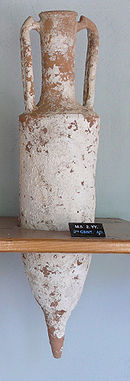
An ancient Greek amphora. A talent was approximately the mass of the water required to fill an amphora
The talent (Latin: talentum, from Ancient Greek: τάλαντον "scale, balance") is one of several ancient units of mass, as well as corresponding units of value equivalent to these masses of a precious metal.[1] It was approximately the mass of water required to fill an amphora.[1] A Greek, or Attic talent, was 26kg,[2] a Roman talent was 32.3 kg, an Egyptian talent was 27 kg,[2] and a Babylonian talent was 30.3kg.[3] Ancient Israel adopted the Babylonian talent, but later revised the mass.[4] The heavy common talent, used in New Testment times, was 58.9 kg.[4]
An Attic talent of silver had a purchasing power of approximately $20,000 in 2004 money.[5] It was also the value of nine man-years of skilled work.[6] During the Peloponnesian War, an Attic talent was the amount of silver that would pay a month's wages of a trireme crew.[7] Hellenistic mercenaries were commonly paid one drachma per day of military service. There were 6,000 drachmae in an Attic talent.
The Babylonians, Sumerians, and Hebrews divided a talent into 60 mina, each of which was subdivided into 60 shekels. The Greek also used the ratio of 60 mina to one talent. A Greek mina was approximately 434 ± 3 grams. A Roman talent was 100 libra. A libra is exactly three quarters of a Greek mina, so a Roman talent is 1.25 Greek talents. An Egyptian talent was 80 libra.[2]
The talent as a unit of value is mentioned in the New Testament in Jesus's parable of the talents.[8] This parable is the origin of the sense of the word "talent" meaning "gift or skill" as used in English and other languages. Luke includes is a similar parable with different details involving the mina.[9] The talent is also used elsewhere in the Bible, as when describing the material invested in the dwelling of the commandments.[10] Solomon received 666 gold talents a year.[11]

 Machtesh Ramon
Machtesh Ramon -MASADA ISRAEL-
-MASADA ISRAEL-
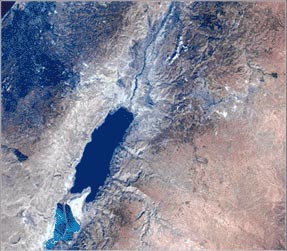



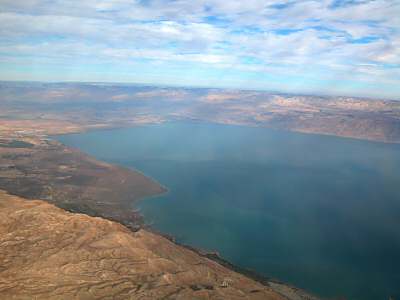


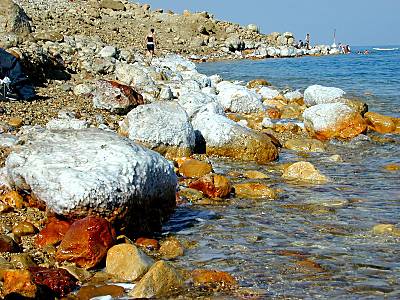
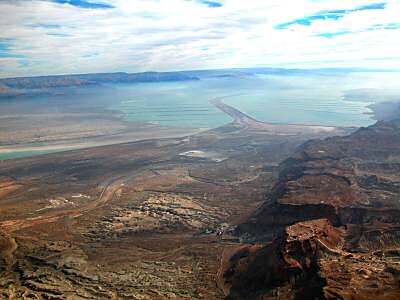

![Reblog this post [with Zemanta]](http://img.zemanta.com/reblog_e.png?x-id=4ae1821c-4672-4350-a214-7ab26a688f6c)








![Reblog this post [with Zemanta]](http://img.zemanta.com/reblog_e.png?x-id=10595007-bc11-8760-93ec-da21df4899de)





![Reblog this post [with Zemanta]](http://img.zemanta.com/reblog_e.png?x-id=1e96cddb-154a-8642-ab84-01a454e25c7b)




 More details
More details
